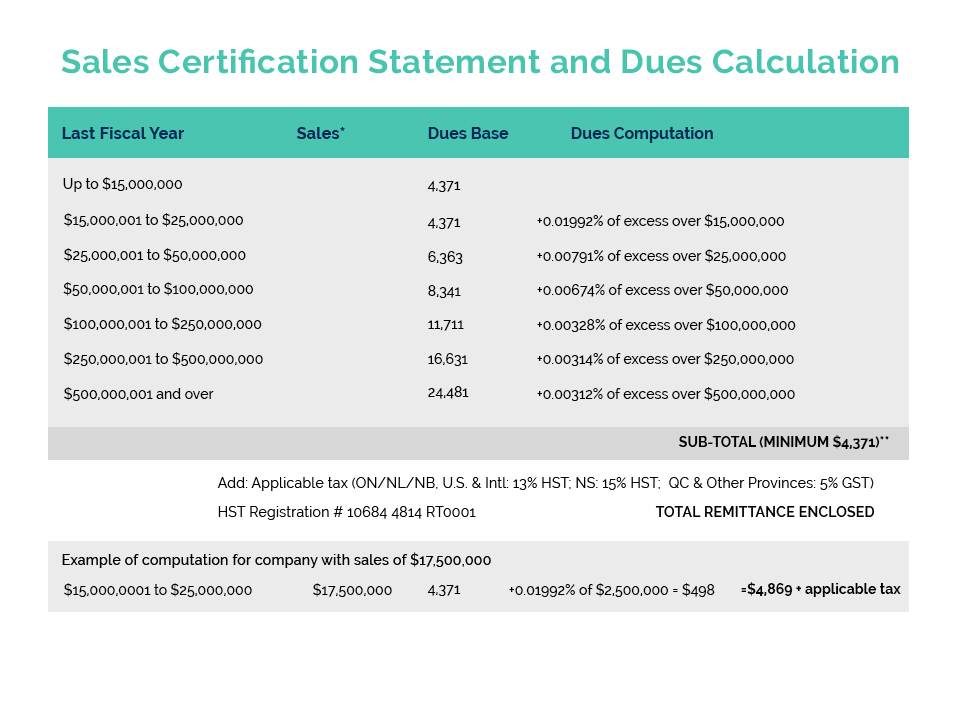This past Saturday, February 15th was Canada’s annual National Flag Day. It also marked the 60th anniversary of the adoption of Canada’s distinctive red maple leaf flag which was raised for the first time on Parliament Hill and across the nation on February 15th, 1965. The new flag was approved by Parliament in late 1964 after a long and acrimonious debate and replaced the “red ensign” which had the British Union Jack in the top left corner with a Canadian coat of arms on the right.
The effort to adopt a new national flag was spearheaded by then Prime Minister Lester Pearson who believed that it was time for Canada to have a national emblem that reflected the modern Canada, could be embraced by all Canadians, and said “Canada” to the world. The experience of Canadian troops in the U.N. peace keeping mission to Egypt during the Suez Crisis of 1956 – where the “red ensign” made Canadians appear to be British, as well as the growing sovereignty movement in Quebec – convinced Prime Minister Pearson that a truly Canadian flag was needed. Pearson consequently included the commitment in his Liberal party’s platform for the 1963 election campaign in which he won a minority government defeating the incumbent Progressive Conservative government of John Diefenbaker.
The recommendation to Parliament of the design for a new flag was assigned to an all-party committee of the House of Commons in which the Liberal, Conservative, New Democratic, Social Credit, and Creditiste parties were represented. The committee considered thousands of designs, included those submitted by ordinary Canadians, with a deadlock between a designed favoured by Prime Minister Pearson and the Conservatives holding out for retaining the “red ensign” as preferred by their leader Mr. Diefenbaker. The deadlock was eventually broken when the committee chair, Liberal M.P. John Matheson, introduced a late design proposed by Dean of Arts George Stanley of the Royal Canadian Military College in Kingston. Believing that the Liberals would support Pearson’s preference, the Conservatives supported the new proposal only to find that so did the Liberals (who voted against their leader) as well as the representatives of the other three parties. The result was a unanimous recommendation to Parliament and, after a long and acrimonious debate in the House of Commons, the new flag was finally approved.
On this 60th anniversary, and with the continuing threats from the U.S. to our economy and sovereignty, all of Canada’s living former Prime Minister’s issued a joint statement calling on Canadians to express our national pride and “show the flag” this flag day. “Let us show the world that we are proud of our history and proud of our country. As former prime ministers of Canada, we applaud this national spirit,” the statement says. “The five of us come from different parties. We’ve had our share of battles in the past. But we all agree on one thing: Canada, the true north, strong and free, the best country in the world, is worth celebrating and fighting for.”
The former Prime Ministers include Joe Clark and Kim Campbell (Progressive Conservative), Jean Chretien and Paul Martin (Liberal), and Stephen Harper (Conservative). Canadians, the statement declares, have come together to “express their love for their country” and “their determination to defend Canada’s values and independence.”
Most retailers reported being sold out of Canadian flags in the lead up to Flag Day and several flag manufacturers have reported being unable to keep up with demand.
For the Historica Heritage Minute on the Canadian flag, please see:







